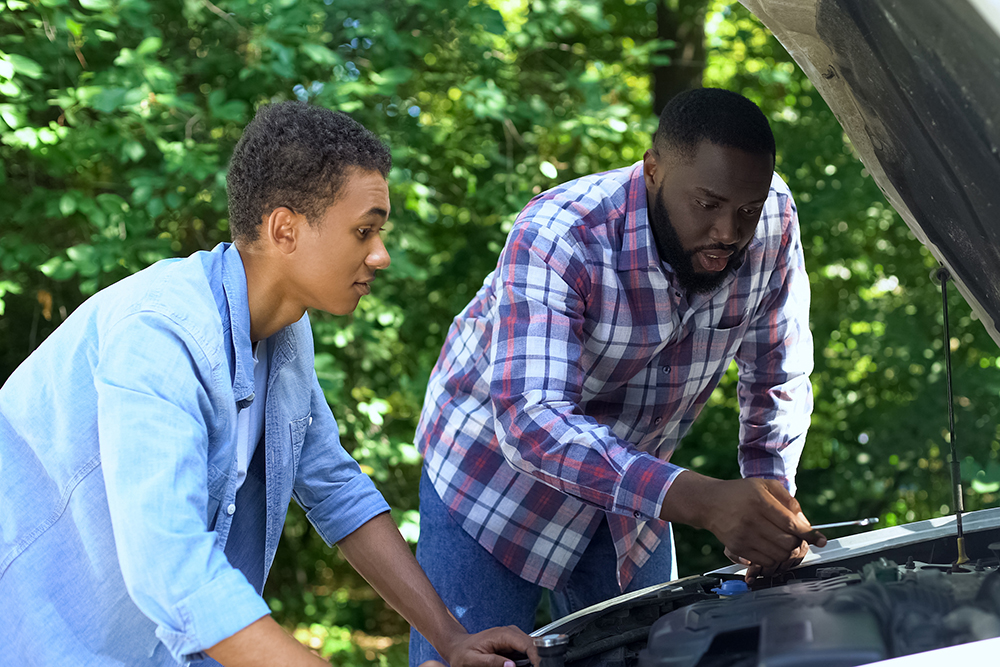10 Autumn Tips To Share With Your Teen Driver

Getting a license is the easy part for teens. Staying safe is the challenging part.
So says Jeff Eben, a California school principal with more than 20 years of administrative experience.
Eben has seen his share of close calls and bumps and fender benders. Early in his career Eben monitored bustling parking lots before and after school as well as during the lunch hour.
One of the major problems Eben encountered: students who didn’t know enough about their vehicles.
“Many young people are driving vehicles they’re not familiar with--especially newer models with sophisticated electronics, sensors and cameras throughout,” Eben said. “Some of my students don’t know how to check their tire pressure, adjust their mirrors and seats, or even put fuel in their gas tanks.
“Rookie drivers should always go through a mental checklist every time they get into their vehicles, just like pilots do prior to takeoff.”
As a best practice, Eben recommends investing some time to help teens learn basic car maintenance. Show them how to open the hood, check the oil levels, locate the toolkit and jack, learn how to change a tire, check the pressure and measure tire tread depths.
The time you invest here could benefit your teen greatly in the future should he or she have troubles on the road.
Before teens drive away from home, they should buckle up and establish a pre-start car routine. They should make sure their feet easily reach the pedals without knees touching the dash.
The seat should be positioned so they can easily operate the accelerator and brake pedals without having to lift your heels from the floor. Also, seat height should ensure they have an unobstructed view of the road.
Also, rearview and outside mirrors should be adjusted to gain the largest field of view while removing blind spots. Proper position allows greater steering control as well as increased vision around your vehicle.
According to the National Highway Traffic Safety Administration, most crashes are the result of distracted drivers. Common factors include drowsiness, noisy or overly active passengers, eating and multitasking.
Encourage your teens to reduce or remove these types of distractions. Instead, they should focus on keeping themselves and their passengers safe.
“Cellphones are not the only problem,” Eben said. “Music is another issue we encounter all the time.
“I tell my students multitasking is not smart while you’re driving because you need to focus 100% on the road and pay attention to your surroundings.”
Eben and teen driving experts recommend giving teen drivers some life-saving guidelines:
- Get to know the vehicle, everything from how to maintain proper fluids to use of road hazard lights.
- Show them how to adjust settings like seat height, angle and distance from dash.
- Limit nighttime outings until teens are comfortable with driving in the dark.
- Emphasize the dangers and consequences of drinking and driving.
- Encourage them to practice highway driving, parallel parking and driving in different weather conditions.
- Work with them to establish a pre-start car routine.
- Help them understand and eliminate distractions inside the cabin (cellphone, texting, eating, music, passengers, pets).
- Explain the importance of limiting vehicle passengers, which also helps reduce distractions.
- Work with them to put together an emergency road kit.
- Remind them to practice their “ABCs”: “Always Be Calm.”